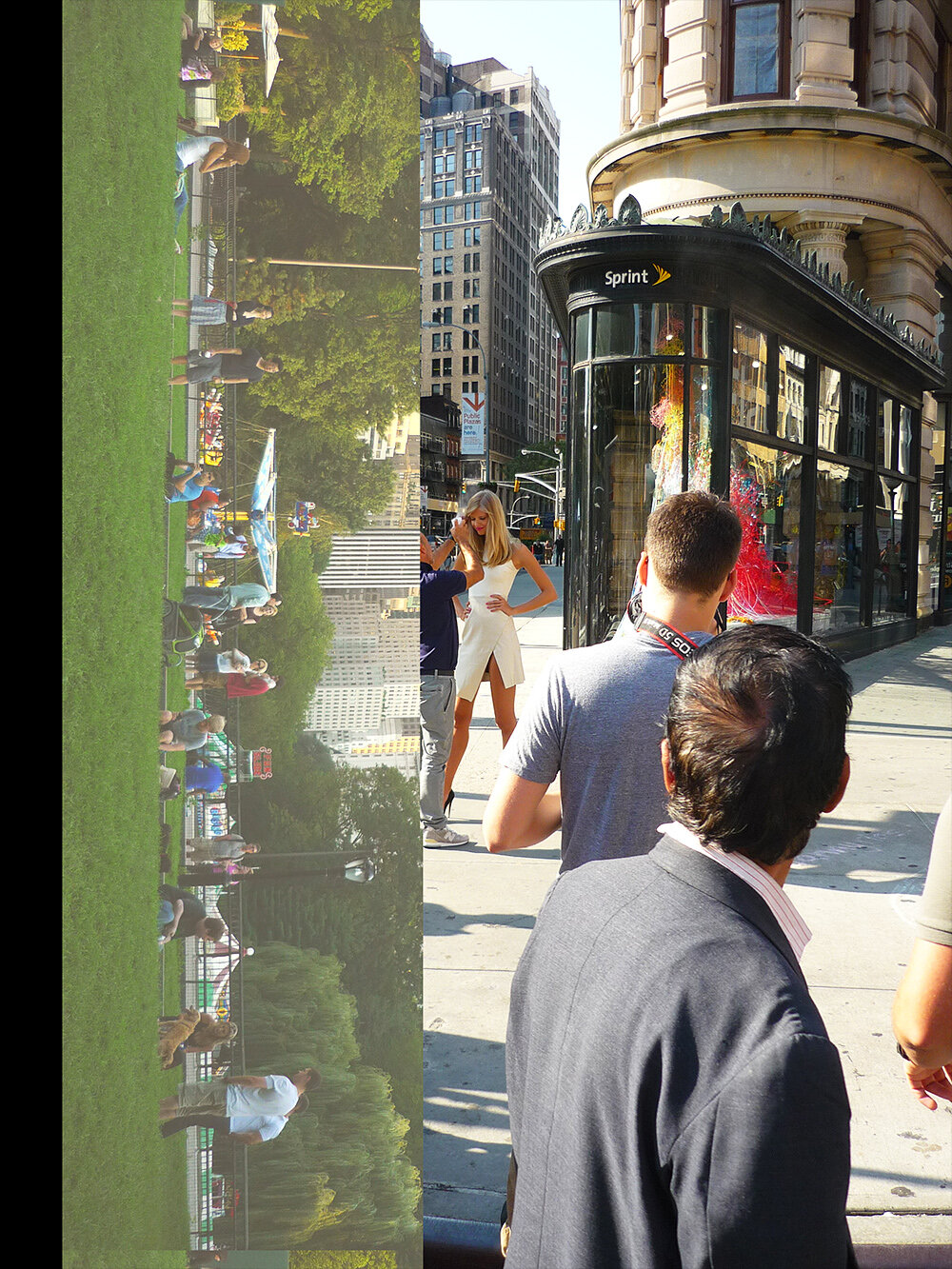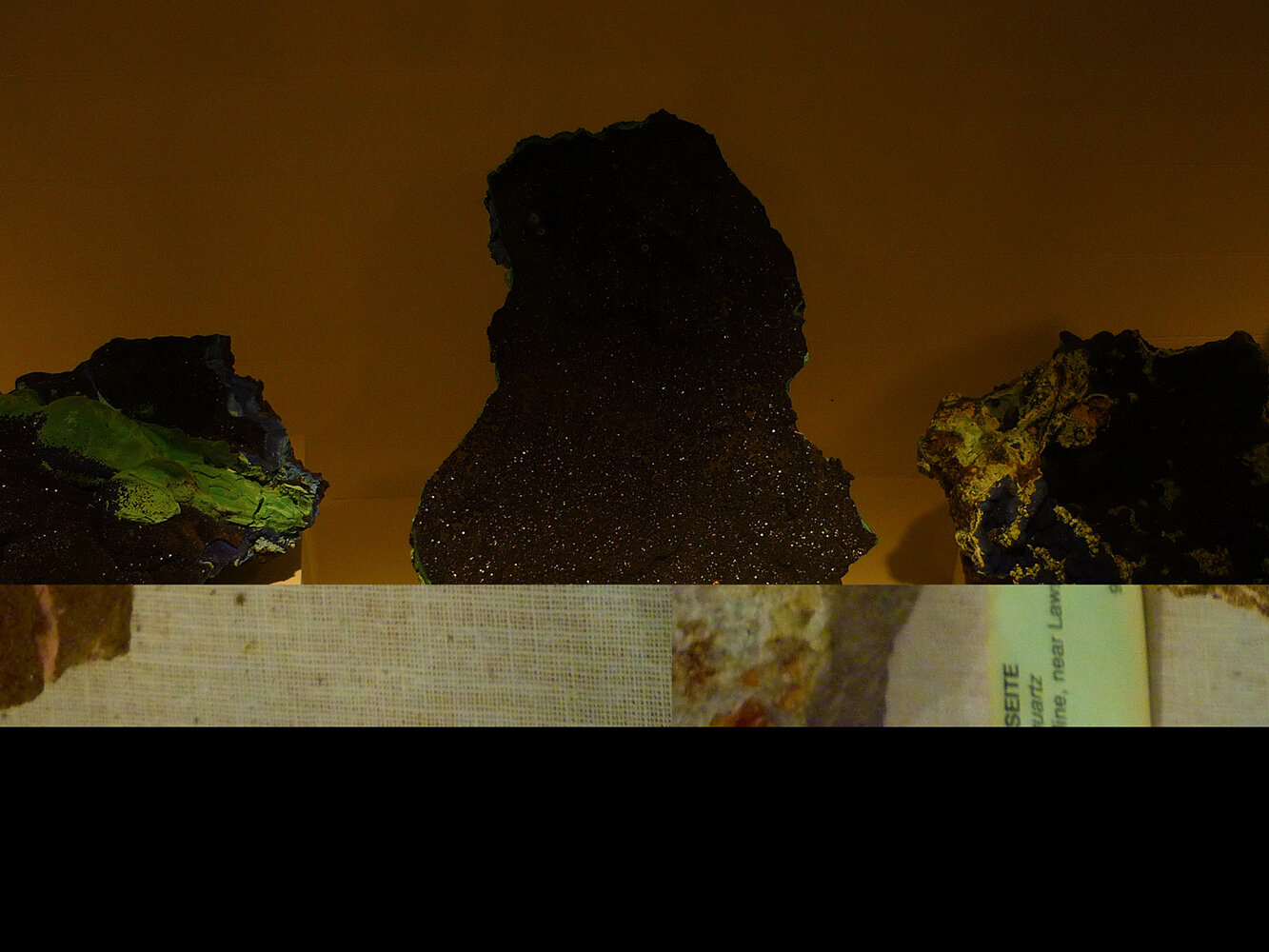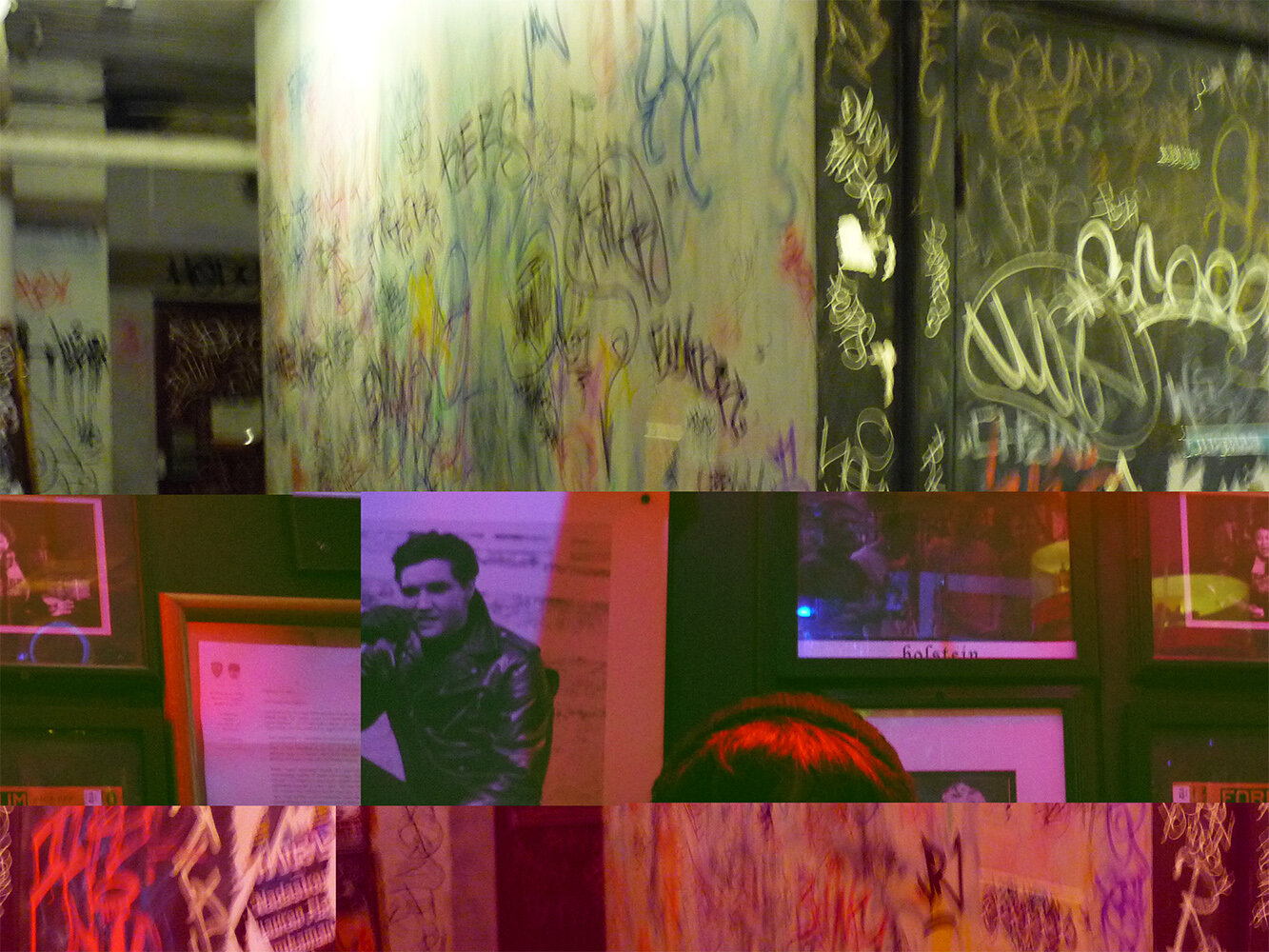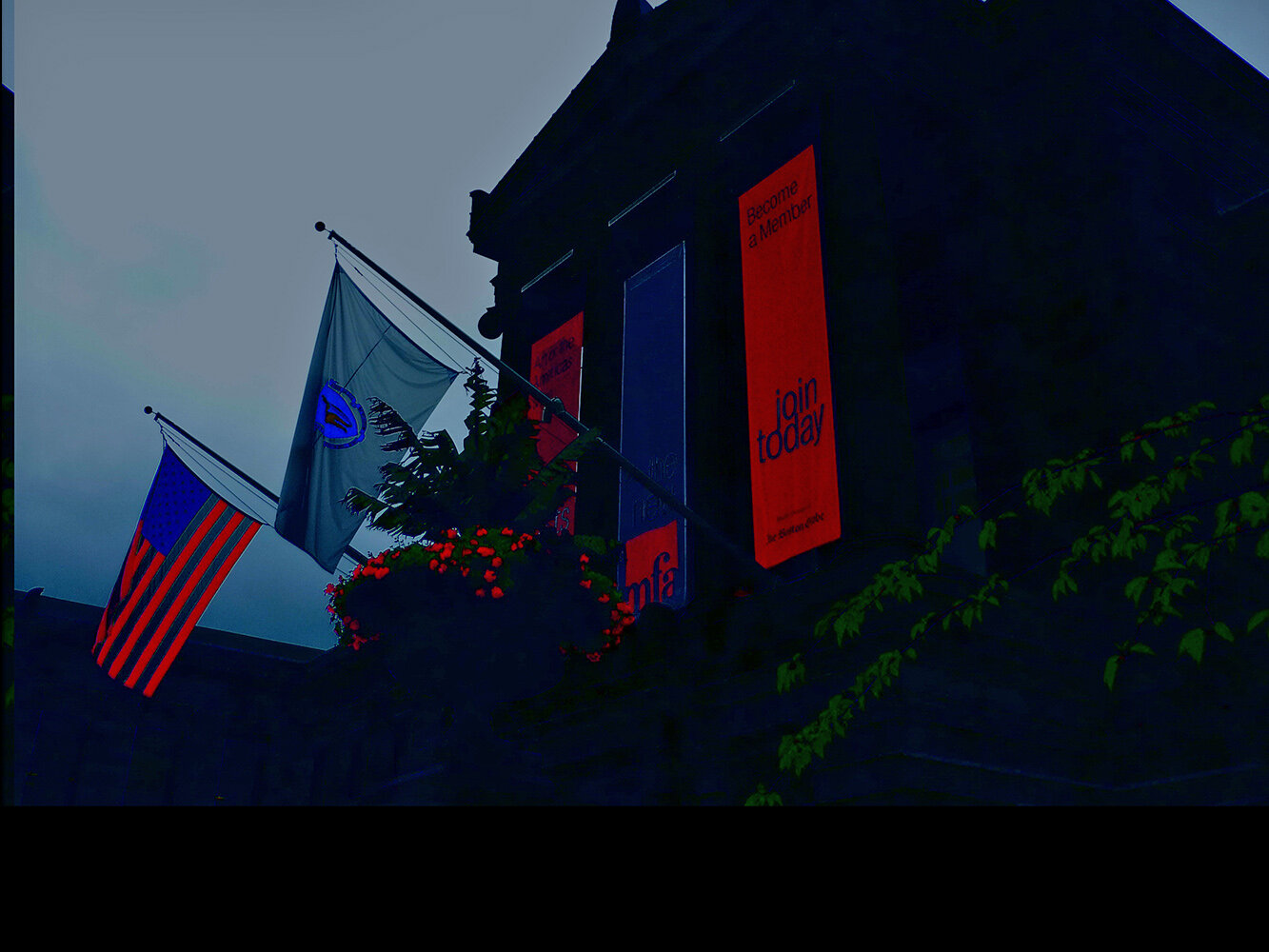A quick tutorial on making and uploading a favicon to Squarespace. Make your Squarespace site look more professional quickly and easily.
Blackletter, Peaches and Dead Frogs: A Fantastical Model of Calligraphy
These pages are reproductions from the Mira calligraphiae monumenta, a ‘Model Book of Calligraphy’ created over 30 years by two men who never met.
In 1561-62 the calligrapher to the court of Emperor Ferdinand I of Hungary and Croatia, Georg Bocskay, created the original folio of over 128 contemporary and historical scripts. 28 years later, Emperor Ferdinand I’s grandson, Holy Roman Emperor Rudolf II commissioned Flemish illuminator Joris Hoefnagel to illustrate the calligrapher’s work.
In a classic tale of one-upmanship, Hoefnagel’s approach was to demonstrate the superior power of images over written words. The court of Rudolf II and his father Maximilian II were among the principal centres of 16th Century botany. Therefore Hoefnagel had access to some of the rarest native and imported flowers and plants at the time. However, not all of Hoefnagel’s illustrations are of real specimens. A lot of the insects in the manuscript are unidentifiable or imaginary.
The resulting manuscript was a visual feast. I love that the texts - mostly prayers and psalms, and the images have nothing to do with each other, and are both serving to vie for your attention.
Nature Illuminated, first published for the Getty museum in 1992, describes the various calligraphic letter forms and scripts used in the Mira calligraphiae monumenta. Bocskay employed a variety of unusual techniques to show off his virtuosity, including backwards slant italics, mirror writing and micrography - writing too small to be read by the naked eye. Can we make graphic design and typography this mad now please?













"No Walk, No Work": Dancing in Caves and Harvest Rituals
Towards the end of 2019 I went to the University for the Creative Arts for the Surrey Arts ‘Unearthing Landscapes’ symposium.
A variety of academics, artists and even the Forestry Commission spoke about land art of the 60s and 70s, site specific dance on beaches and caves and connecting people to the landscape.
A still from choreographer Rosemary Lee’s ‘Passage for Par’, 2018.
Here is something I wrote on behalf of Jinny Blom Landscape Design, who gave me the opportunity to visit the symposium:
https://www.jinnyblom.com/blog/post.php?s=2019-11-26-tonic-outward-bound
‘Harvest’ light installation by artist Mary Branson, 2018.
Corrupt America
Back in September 2011 I went to New York, Boston and Salem on holiday. Being a student I only had an already battered point and shoot digital camera, which I then managed to drop towards the end of the trip. It didn’t work after that.
When I got home I tried to download and view the photos but the files were glitchy and corrupted. Some of them were lost entirely, some were fine and some were what you see below - intense colours, randomly stitched together, slivers of other photos.
I still like looking through them because they are a bit like memories themselves. They remind me of my trip, but in a distorted, clumped-together way.























